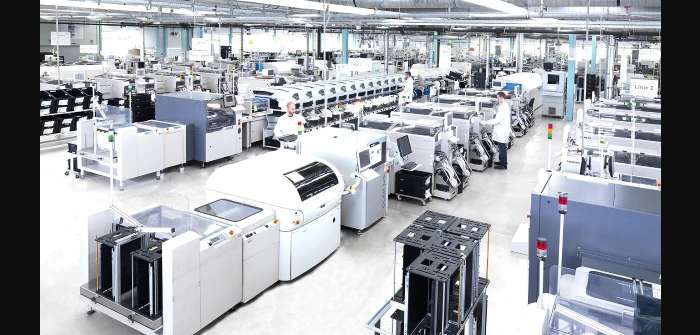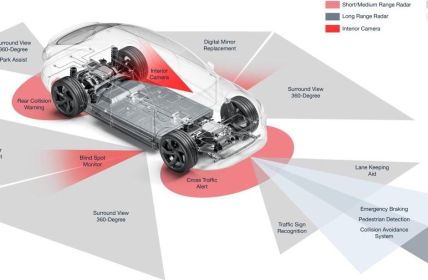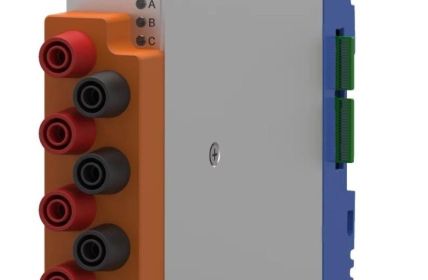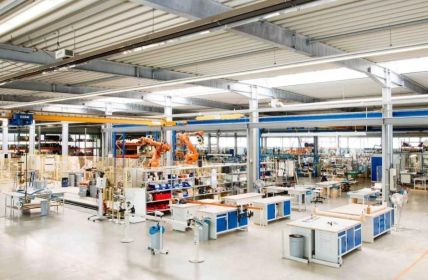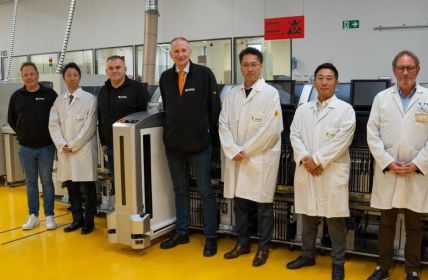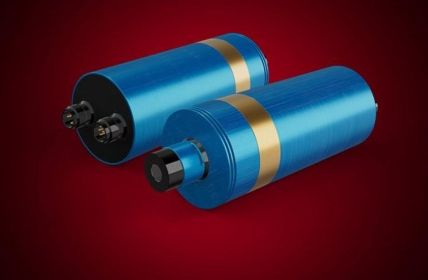iTAC Software AG has recognized the needs of the market and developed the iTAC.SMT.Edge machine integration platform. This serves to standardize and centralize data. The iTAC.IIoT.Edge software handles the subsequent data analysis in real time and further processing. Among other things, machine learning and AI applications can be implemented on the basis of the combined solutions.
Table of Contents: What awaits you in this article
Easy linking of data with iTAC
Peter Bollinger, CEO of iTAC Software AG, explains, “In an SMT manufacturing facility, there are machines and systems from different manufacturers and of different ages that use different communication methods from each other. This complicates data transfer and analysis.” He adds, “The data must be reliably transmitted to higher-level systems.
Our iTAC.SMT.Edge and iTAC.IIoT.Edge make it easy to collect, link and analyze data from all SMT machines in real time.” Among other things, analysis tools such as iTAC.IIoT.Edge make it possible to combine IIoT data with MES data into flat data structures, as well as analyze this data in real time. The data packets can also be transmitted to other analytics or ML/AI tools used by the customer.
Edge solutions from iTAC enable new use cases
Numerous use cases for advanced and digitized SMT manufacturing are made possible through the use of iTAC’s two edge solutions. They can be seen as components of MOM (Manufacturing Operations Management). One example is cycle time monitoring, where AI algorithms intelligently monitor cycle time for abnormal device behavior.
Bollinger says, “In manufacturing, the drive for greater efficiency requires continuous cycle time reduction.” He continues, “By actively monitoring times and using AI to detect abnormal equipment behavior, as well as alerting on deviations, significant time savings are created. This is because response times to problems and, consequently, throughput times are reduced. In addition, targeted, proactive problem solving is possible.”
AOI algorithms boost throughput
Reducing AOI pseudo errors can be another use case. Here, AI algorithms minimize the pseudo error count of automated test equipment. In fact, most SMT lines with AOI have a high rate of pseudo errors (30% to 80%). If AI is used, it is possible to distinguish between real defects and false calls with high reliability.
The need for manual inspection and the associated time and cost can thus be reduced by up to 60%. While supporting zero-defect production, this results in higher throughput.
KI provides basis for predictive maintenance
The iTAC solution also provides a basis for predictive maintenance: AI algorithms can calculate the remaining useful life of equipment. The monitoring of machine condition data makes it possible to predict problems or incipient plant faults. This can then enable machine repairs to be carried out in good time, for example, or an estimate of the remaining useful life to be made.


